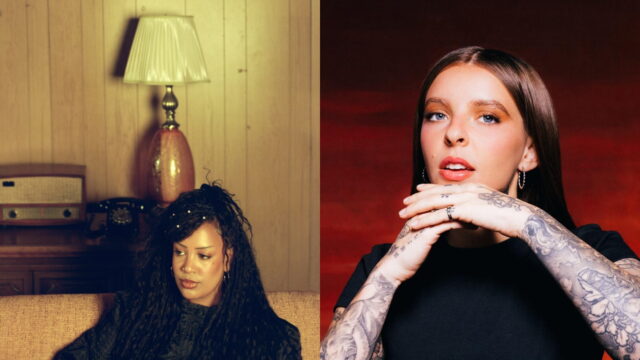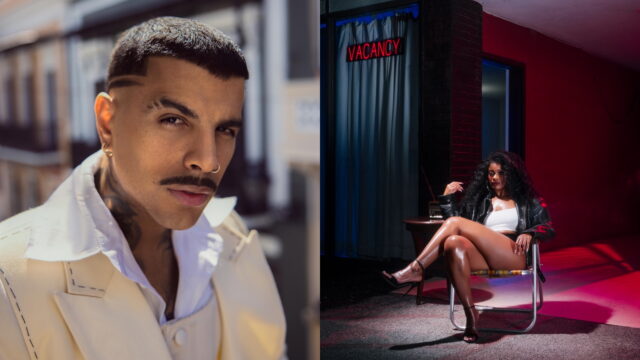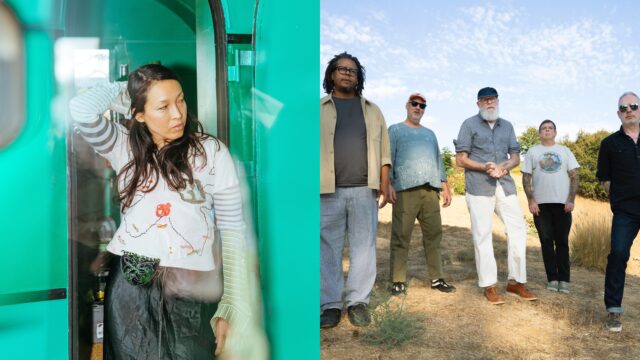Reading the Room: The High-Wire Act of DJ Tastemaking
Air horn in hand, those behind the decks can announce a big moment — or lose the audience completely.
by Philipp 'DJ Kitsune' Senkpiel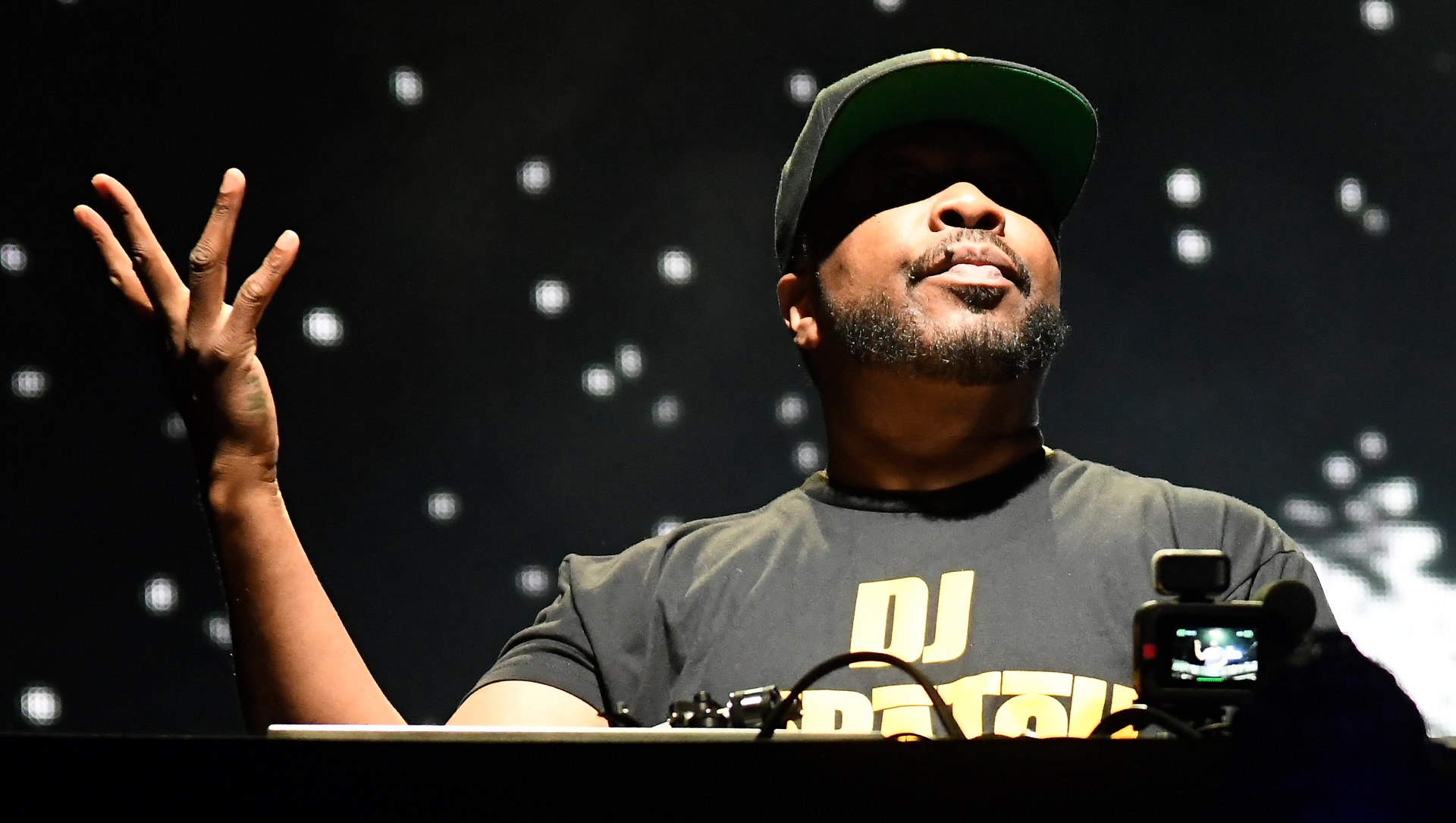
As part of the Tidal editorial team, I take care of the curation and programming across many genres. But I’ve also been a DJ for all of my adult life, playing shows all over the world.
So I’ve spent my career making bets on what people will love before they know they love it. As a DJ, I’ve stood in front of thousands of people, watching their faces change the moment I drop the right track at the right time. As a curator at Tidal, I’ve helped shape how our subscribers discover new music and rediscover their old favorites. I’m always asking the same question: How do you bridge the gap between what artists create and what audiences crave? Here’s a concept that taught me a lot about taste, risk and cultural authenticity.
Think of an air horn. That sound just triggered something in you. Maybe excitement, maybe annoyance, maybe nostalgia. But you felt something. That’s because you’ve just experienced one of culture’s most notorious sound bites in action. The air horn started as a pure, unfiltered crowd response in Jamaican dance halls — the sound of collective joy made audible. Audiences brought their own horns, blasting them when a track hit just right. But DJs quickly recognized the power of that sound. They began dropping air horns preemptively — part self-congratulation, part spotlight on the significance of what they were about to play. It was a bold move: Betting their credibility on the crowd’s reaction. But it didn’t stop there. The sounds of the dance left a lasting impression on recording artists as well, who began incorporating air horns into early reggae tracks to capture that cultural zeitgeist on wax. One of the earliest examples is the “Ravers Version” of Bob Marley’s 1972 song “Midnight Ravers,” where the studio air horn preserves the energy of live dancehall culture.
Together with the Jamaican diaspora, the air horn, along with DJ culture in general, then made its way to New York City, becoming part of reggae’s ongoing influence on hip-hop. The DJs of New York eventually took it to radio in the early 2000s, led by Hot 97’s star DJ Cipha Sounds, who made the air horn his trademark sound for all his on-air mixes. Others quickly followed suit, and the air horn spread from hip-hop radio stations across the city to the rest of the country and eventually the world. Genre-crossing acts like Major Lazer, deeply connected to Jamaica’s musical heritage, brought the air horn to the EDM scene, while artists like Rihanna, with Caribbean roots herself, introduced it to pop fans globally. Today, it’s everywhere: hip-hop anthems, EDM drops, even corporate jingles trying to capture that lightning in a bottle.
Here’s what’s really happening when you hear that air horn: You’re witnessing a double-or-nothing moment in real-time. Every DJ is already making taste bets all night long. DJs call it “reading the room,” or “reading a crowd.” Every song selection is a gamble — “I think this track will work for this crowd at this moment.” And the audience responds — they dance or they don’t. (They might even leave the dance floor.) That’s the first referendum. And the air horn? Does that make things a little easier? Not really. It’s basically the DJ saying, “I’m so confident in this choice that I’m doubling down and calling everyone’s attention to my judgment.” It’s like going from quietly placing a bet to shouting, “WATCH THIS!” before you roll the dice.
The stakes explode because if the crowd erupts, the DJ looks like a mastermind who can read the room perfectly. But if the crowd goes flat, the DJ looks foolish for overselling a mediocre moment. There’s no hiding behind, “Oh, maybe they just haven’t heard that song before.” And don’t forget: The air horn isn’t ultimately judging authenticity. The people are. The sound is just forcing a moment where the community has to reveal their collective judgment.
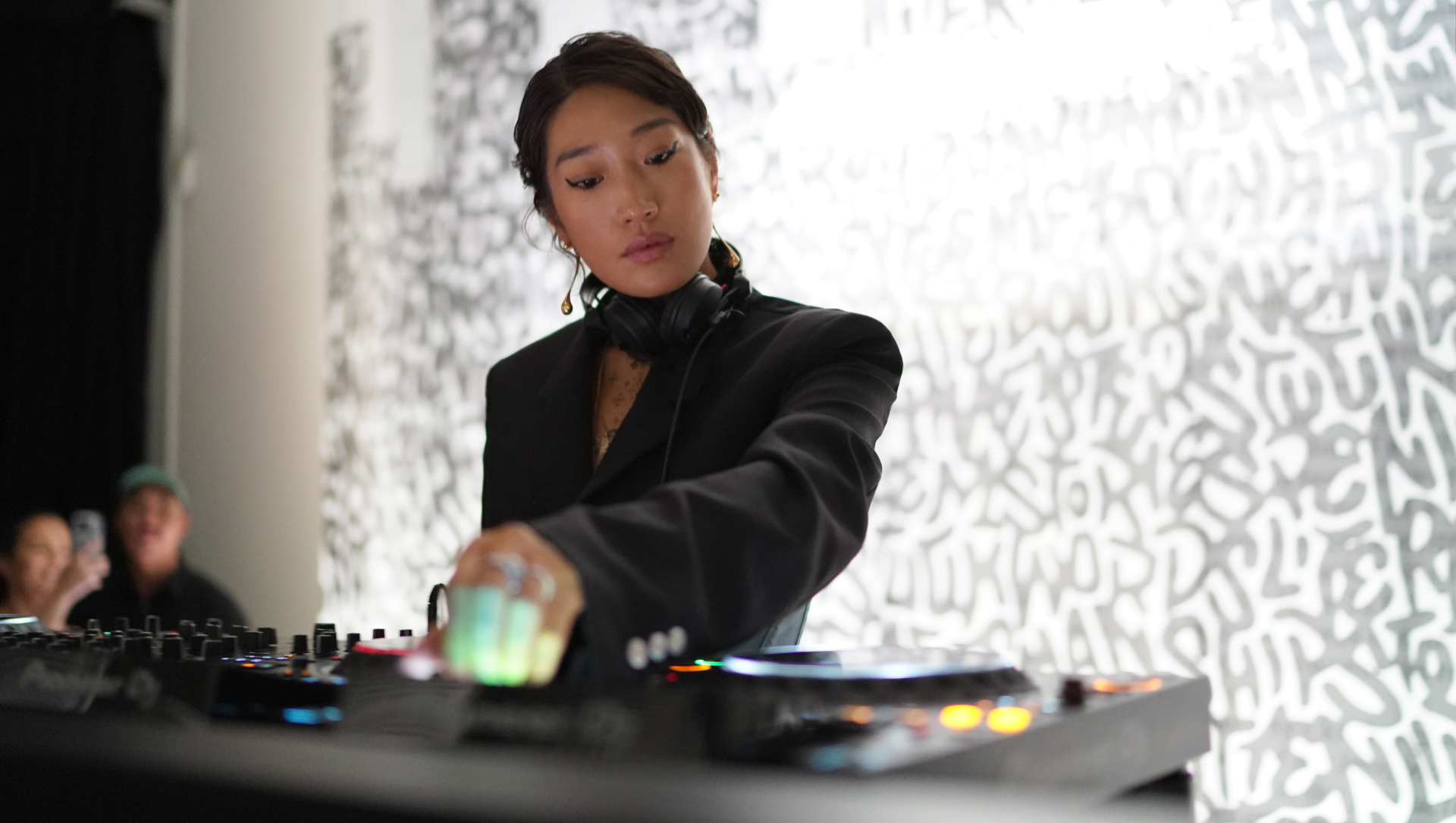
Think about what happens when a DJ uses an air horn. They’re making a public bet: “I guarantee this moment is worth celebrating.” Every blast puts their credibility on the line. Use it wrong, and you’re exposed as someone with poor taste. It’s as if you’re putting ketchup on a steak — use it too often, and you’ll lose the impact, coming across as someone without taste. You’re just putting ketchup on everything now. Use it the right way, and you become a trusted curator of collective experience. This creates high-stakes tastemaking, where your judgment gets validated or destroyed in real-time by your audience. Ask yourself: In our age of algorithmic recommendations and viral content, where else do we still have this kind of immediate, honest feedback about taste and judgment?
The air horn phenomenon and the ways in which DJs select songs reveal something crucial about how we develop taste in many domains. It shows us that taste is not only a personal preference — it’s a social negotiation. Every time a DJ decides to play a certain record, and maybe even drop that air horn, they’re conducting an experiment. Will my judgment align with collective energy? Can I lead taste while staying connected to my community? Am I brave enough to risk being wrong in public? The best tastemakers aren’t dictators of preference — they’re skilled translators between individual vision and collective desire. This matters beyond music. The media landscape has changed dramatically since the days of monoculture, when everyone listened to the same radio stations, watched the same TV shows and read the same magazines. Now we’re fragmented into countless niches and echo chambers. We can all benefit from spaces where our judgment gets tested. Where authenticity can be distinguished from performance.
Here’s an example from a DJ set that really teaches us about how cultural influence works. Every great DJ starts by taking leaps of faith — playing tracks they assume the crowd will love and songs they believe in long before the crowd knows they want them. Some leaps crash. Some soar. But with each attempt, the DJ is building something crucial: a track record of judgment that the community can evaluate. Over time, if their risks consistently land, something magical happens. The crowd starts to trust their taste. They become willing to follow the DJ into unfamiliar territory. The DJ graduates from taste follower to taste leader. This is how trends actually begin — not through corporate focus groups or algorithmic predictions, but through individuals brave enough to make public bets on what they think deserves attention. The air horn amplifies this entire process.
In our algorithmic age, we’re learning to use AI for what it does best: analyzing massive datasets and identifying connections. But we should also highlight the power of spaces where human tastemakers can take creative risks. The air horn phenomenon shows us that authentic taste leadership still requires human courage, community wisdom and the willingness to fail in public. The question is whether we keep maintaining and building spaces where individuals can take these leaps, where communities can provide honest feedback, where trust in taste can be earned rather than manufactured. And I sincerely believe that’s not just how we get better music. That’s how we get better culture.
